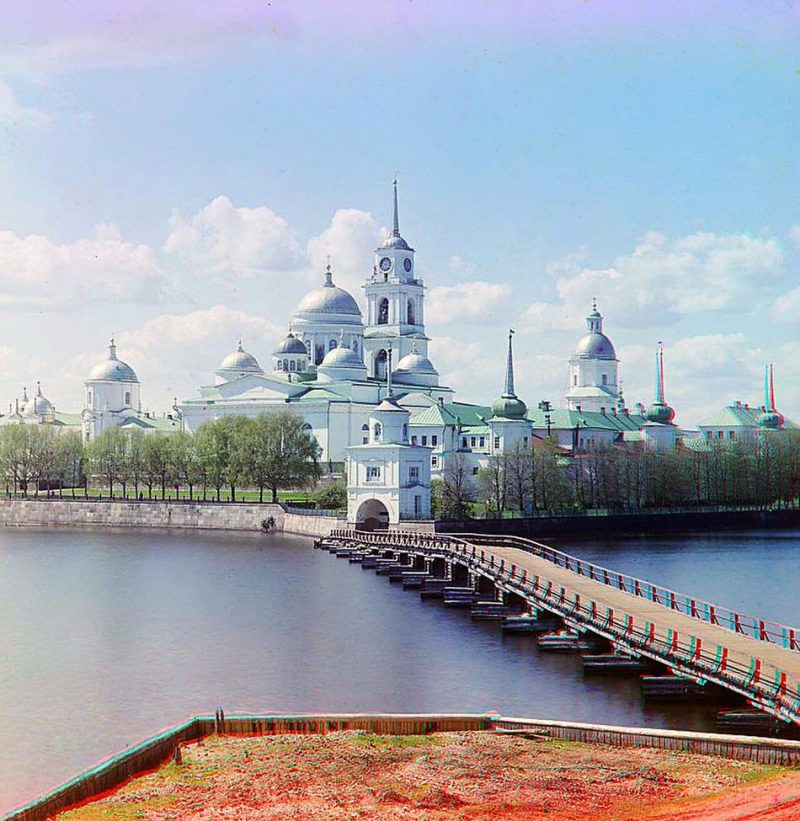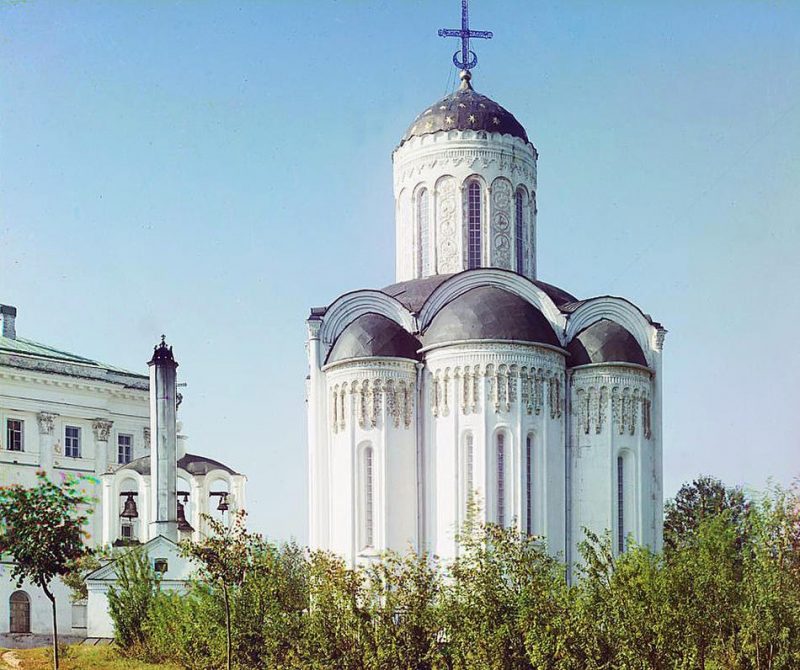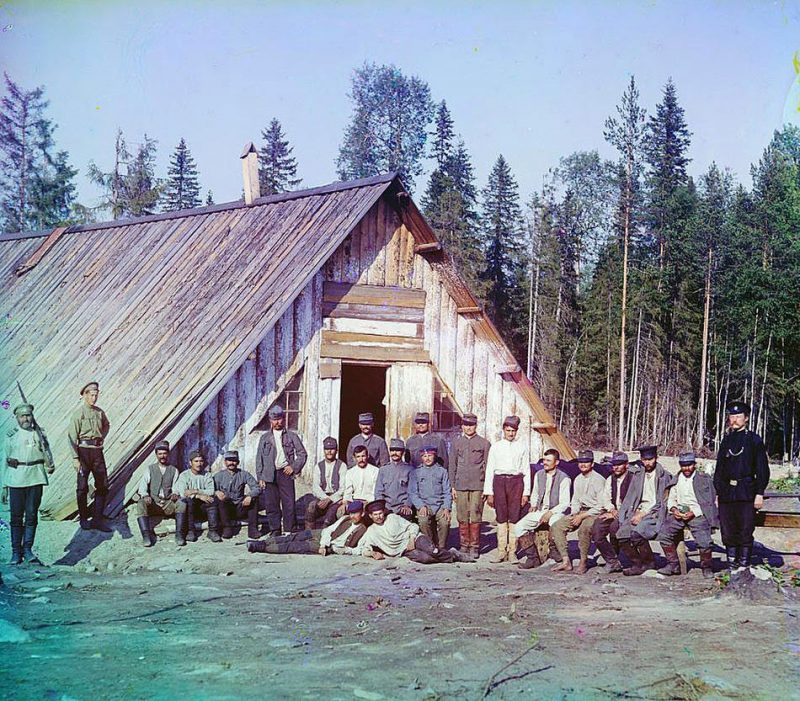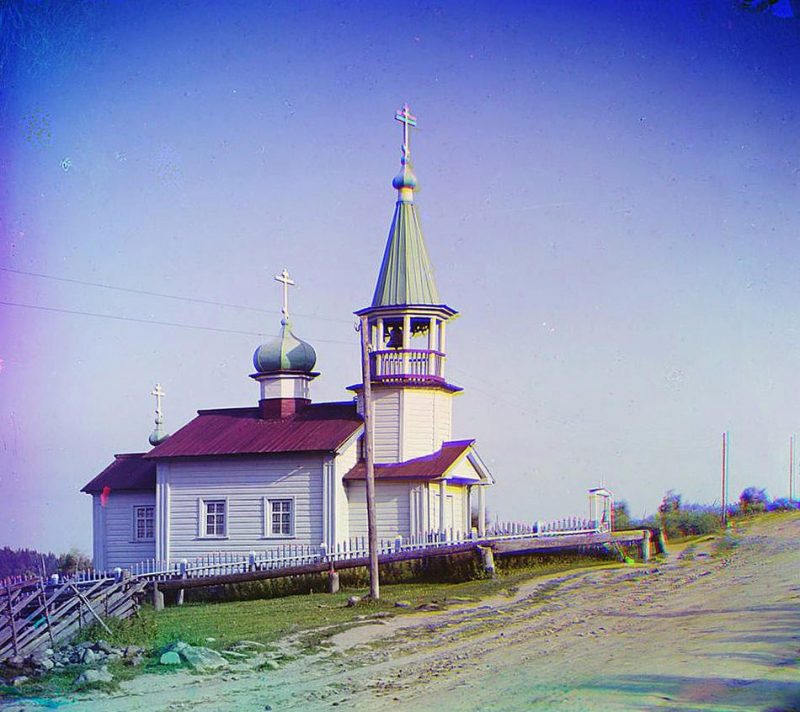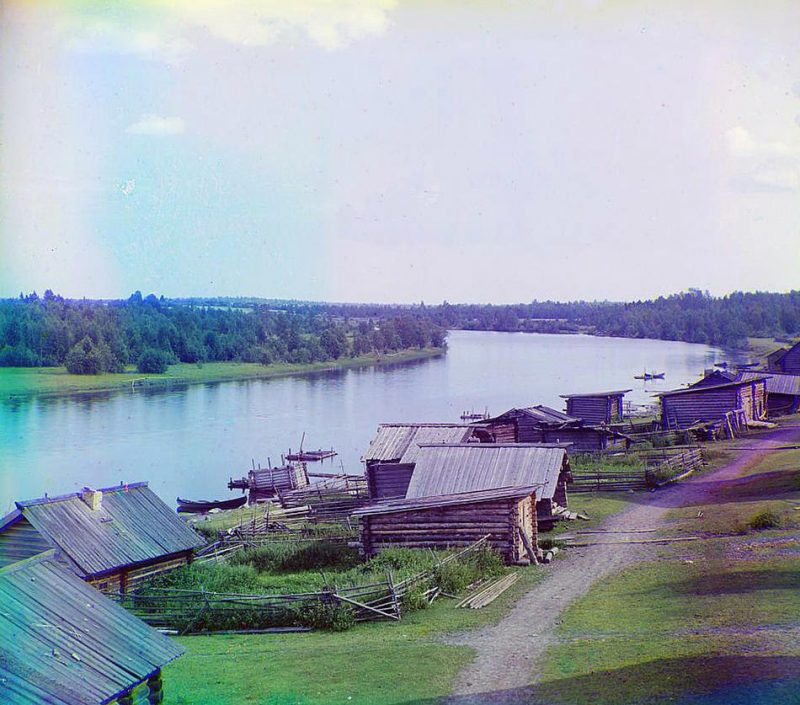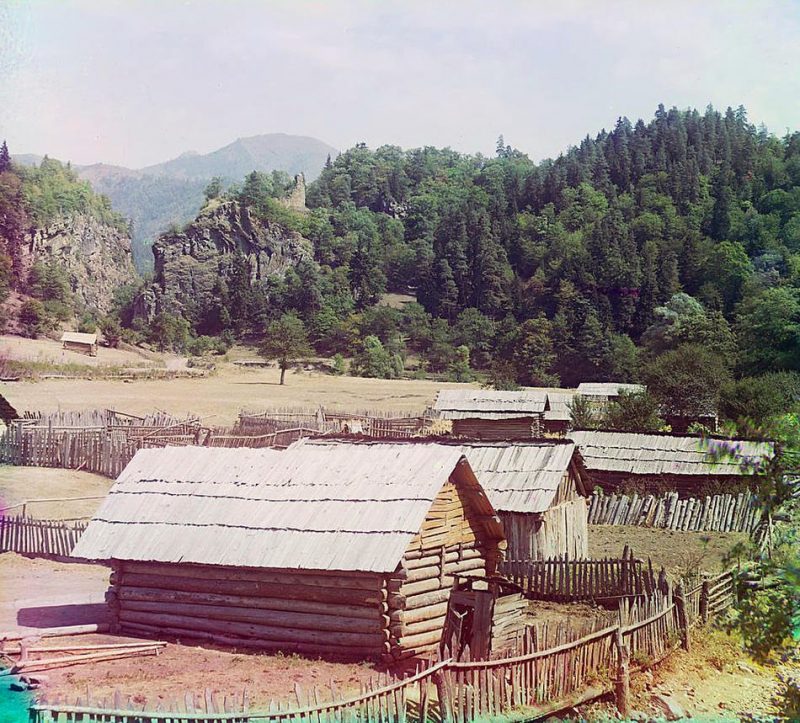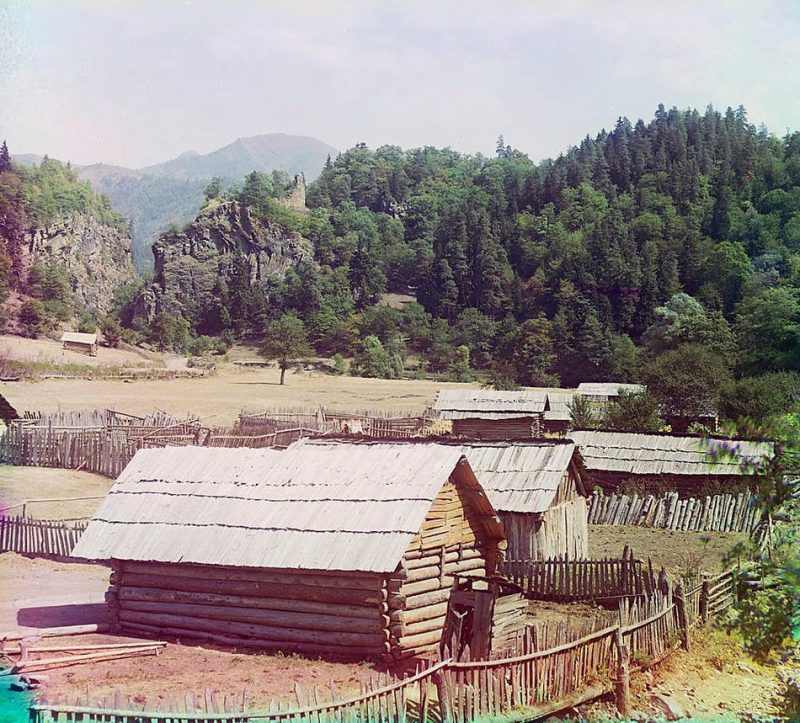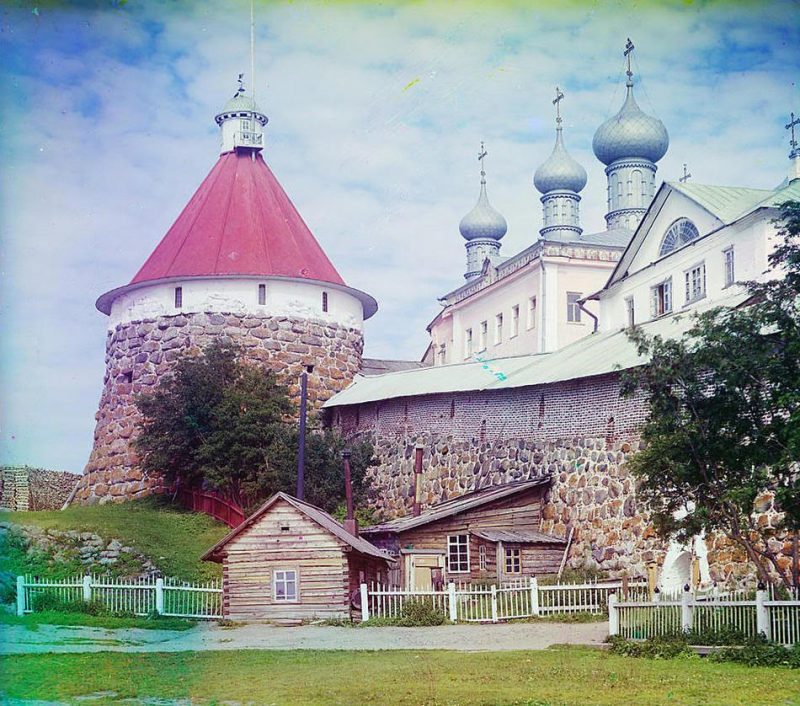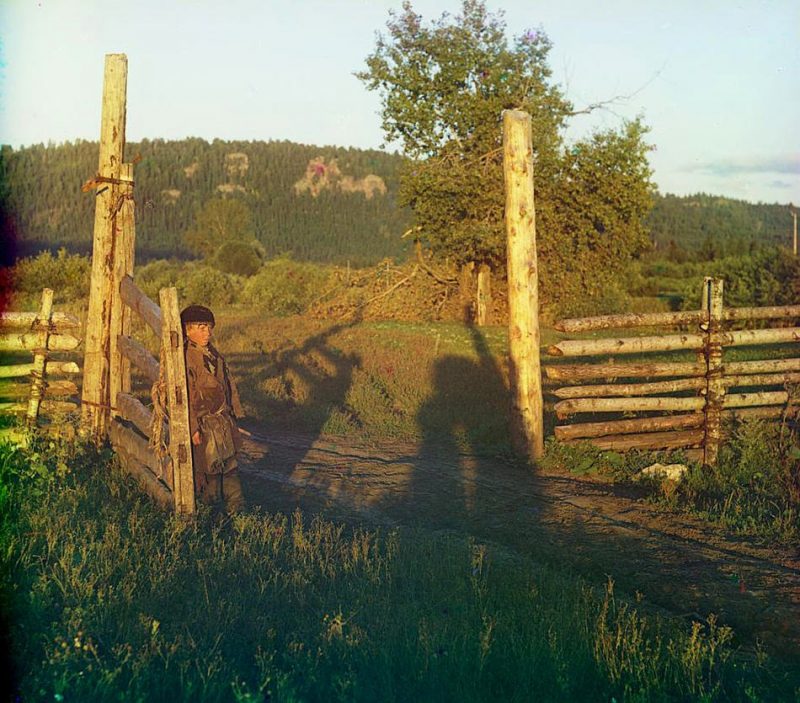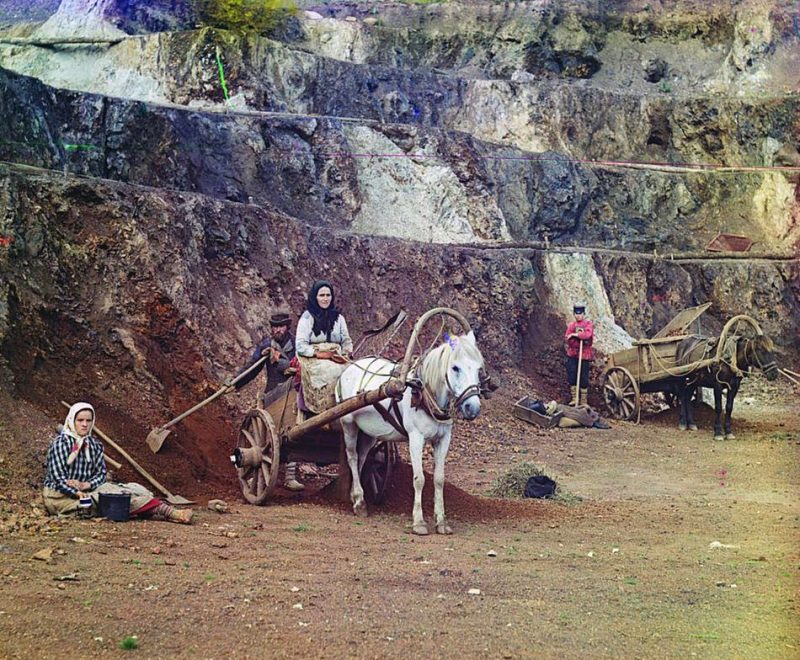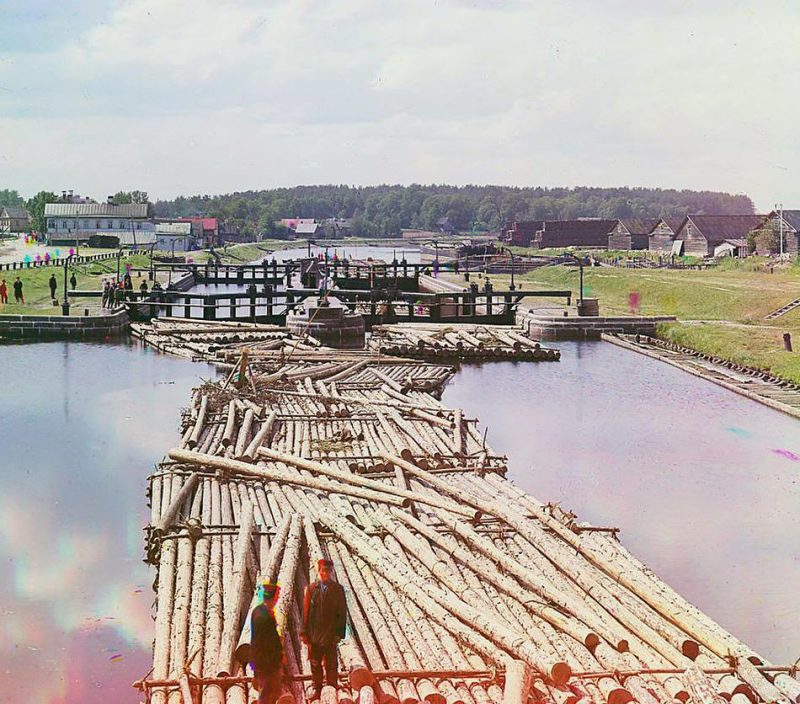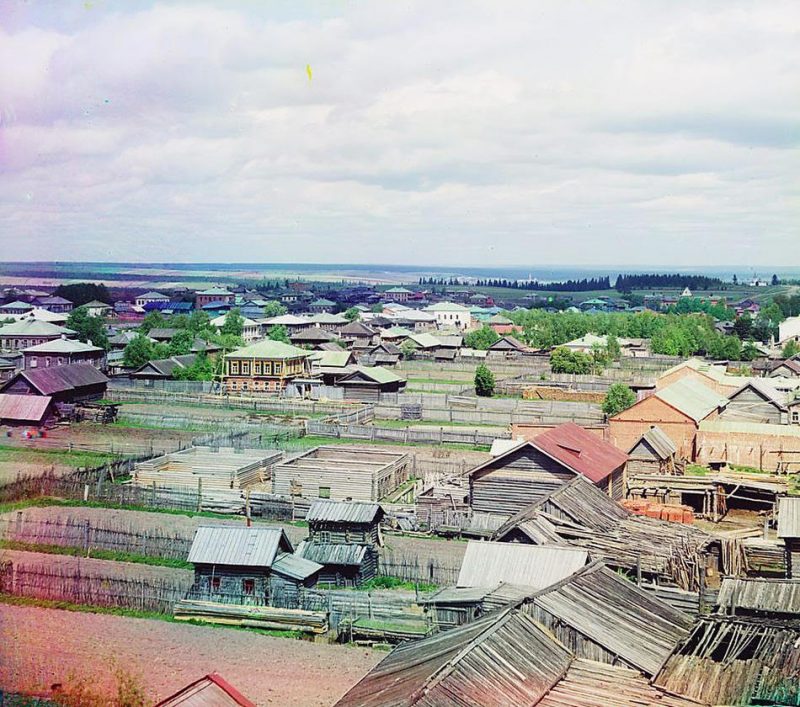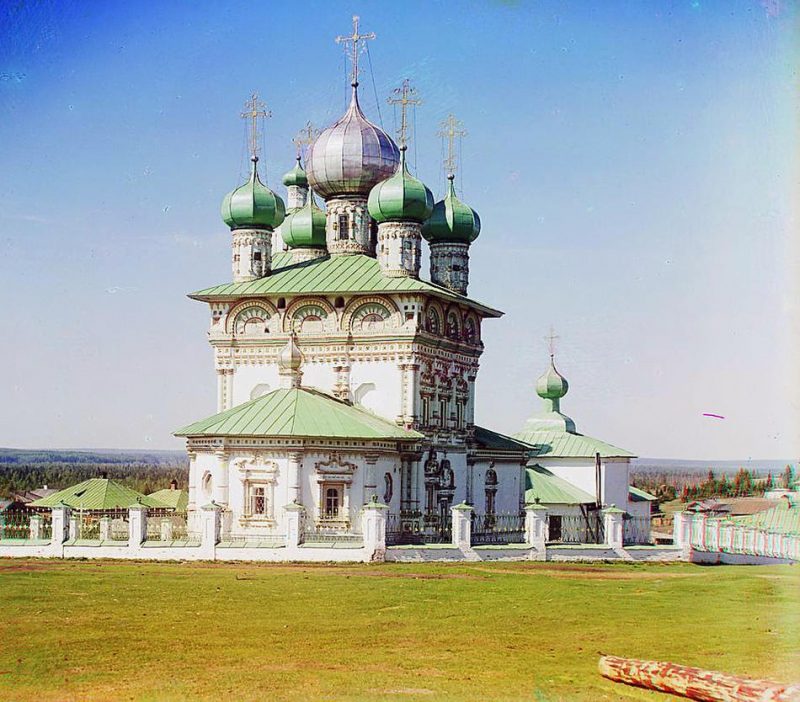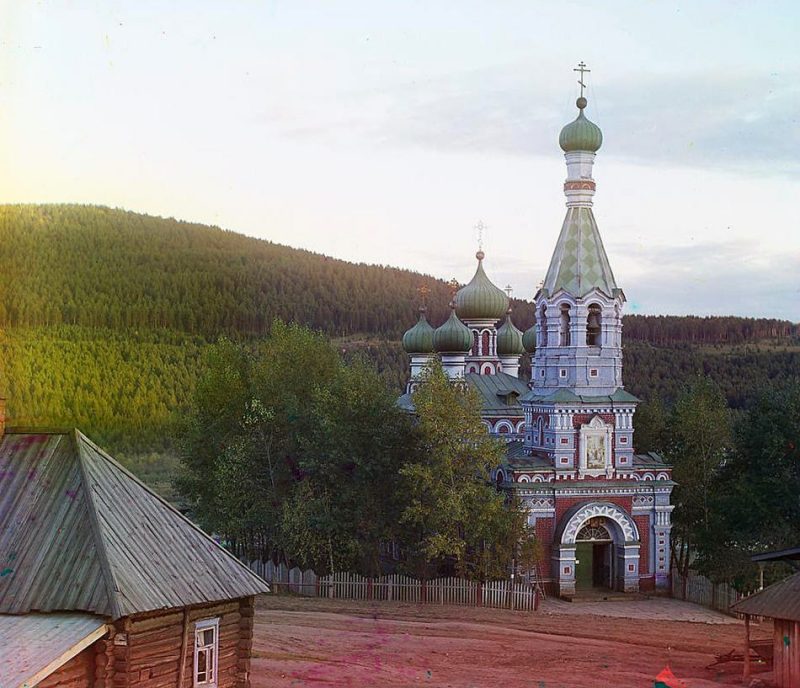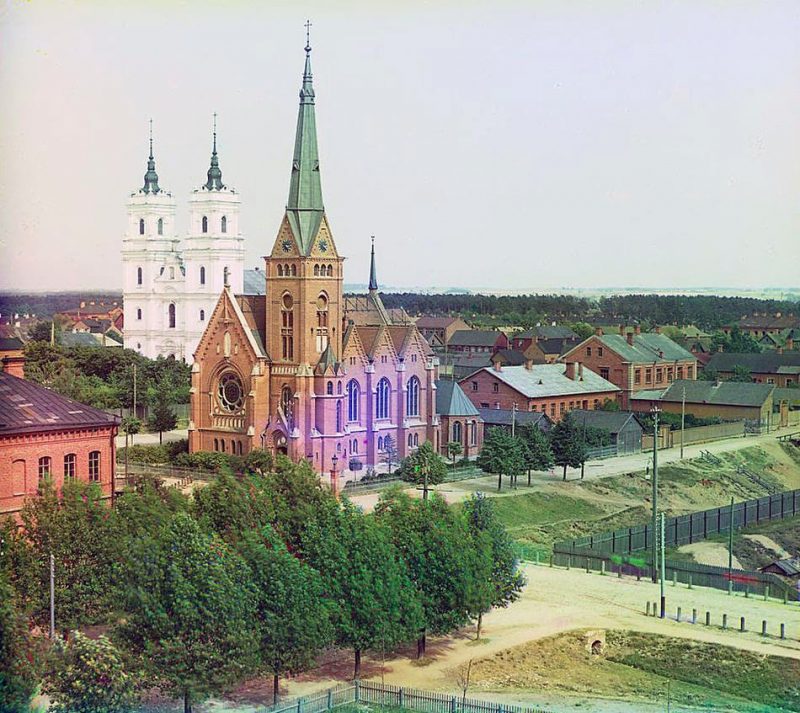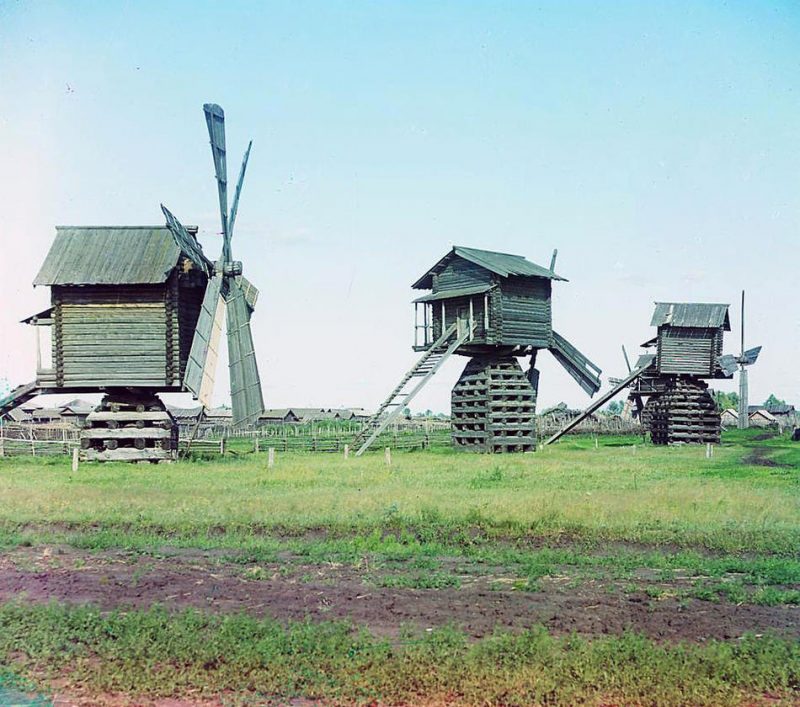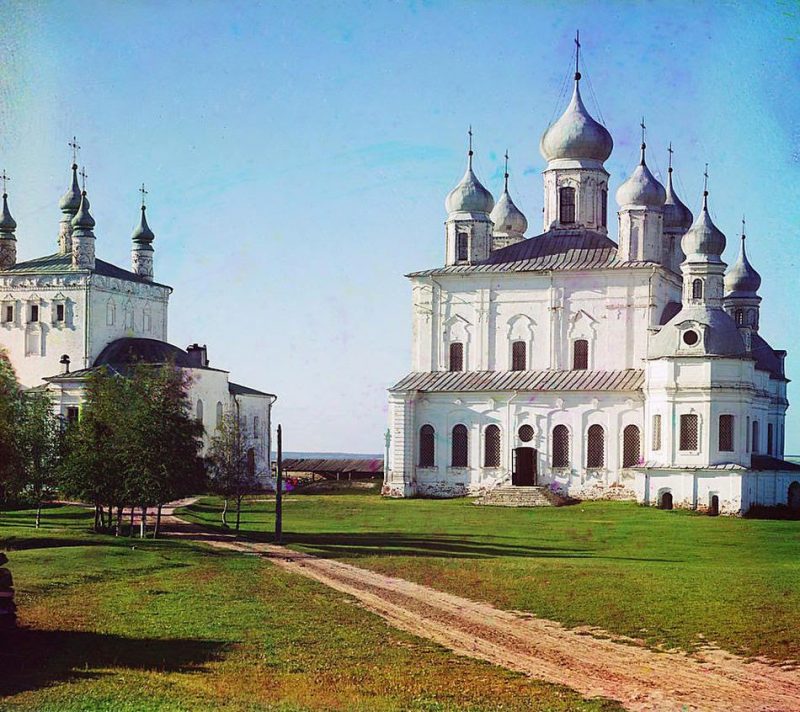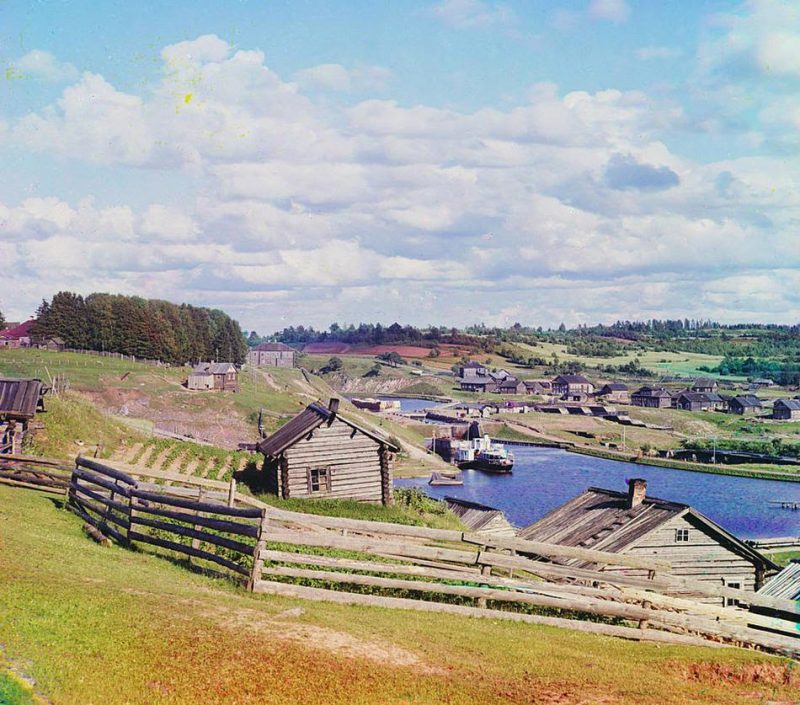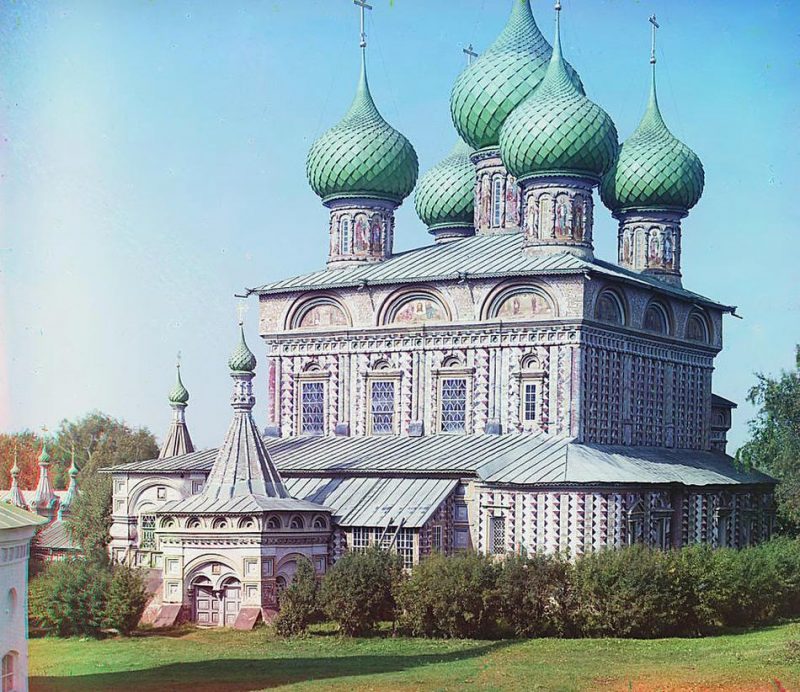The photographs of Russian chemist and photographer, Sergei Mikhailovich Prokudin-Gorskii.He is best known for his pioneering work in color photography of early 20th-century Russia.
Prokudin-Gorsky was born in the ancestral estate of Funikova Gora, in what is now Kirzhachsky District, Vladimir Oblast. His parents were of the Russian nobility, and the family had a long military history.
Perhaps Prokudin-Gorsky’s best-known work during his lifetime was his color portrait of Leo Tolstoy,which was reproduced in various publications, on postcards, and as larger prints for framing. The fame from this photo and his earlier photos of Russia’s nature and monuments earned him invitations to show his work to the RussianGrand Duke Michael Alexandrovich and Dowager Empress Maria Feodorovna in 1908, and to Tsar Nicholas II and his family in 1909.
An ordinary camera could be used to take the three pictures, by reloading it and changing filters between exposures, but pioneering color photographers usually built or bought special cameras that made the procedure less awkward and time-consuming. One of the two main types used beam splitters to produce three separate images in the camera, allowing all three exposures to be made at the same time and from the same viewpoint. Although a camera of this type was ideal in theory, such cameras were optically complicated and delicate and liable to get out of adjustment. Some designs were also subject to optical phenomena that could cause noticeably uneven color or other defects in the results. The other, more robust type was an essentially ordinary camera with a special sliding holder for the plates and filters that allowed each in turn to be efficiently shifted into position for exposure, an operation that was sometimes partly or even entirely automated by means of a pneumatic mechanism or spring-powered motor.
The method of color photography used by Prokudin-Gorsky was first suggested by James Clerk Maxwell in 1855 and demonstrated in 1861, but good results were not possible with the photographic materials available at that time. In imitation of the way a normal human eye senses color, the visible spectrum of colors was divided into three channels of information by capturing it in the form of three black-and-white photographs, one taken through a red filter, one through a green filter, and one through a blue filter. The resulting three photographs could either be projected through filters of the same colors and exactly superimposed on a screen, synthesizing the original range of color additively; viewed as an additive color image by one person at a time through an optical device known generically as a chromoscope or photochromoscope, which contained colored filters and transparent reflectors that visually combined the three into one full-color image; or used to make photographic or mechanical prints in the complementary colors cyan, magenta and yellow, which, when superimposed, reconstituted the color subtractively.
The first person to widely demonstrate good results by this method was Frederic E. Ives, whose “Kromskop” system of viewers, projectors and camera equipment was commercially available from 1897 until about 1907. Only the viewers and ready-made triple photographs for use in them sold in any significant quantity. Still life arrangements, unpopulated landscapes and oil paintings were the typical subject matter, but a few examples of color portraiture from life were also offered. Several Kromskop color views of the aftermath of the 1906 San Francisco earthquake and fire, apparently never issued commercially, have recently come to light.
Another very notable practitioner was Adolf Miethe, with whom Prokudin-Gorsky studied in Germany in 1902. Miethe was a photochemist who greatly improved the panchromatic characteristics of the black-and-white photographic materials suitable for use with this method of color photography. He presented projected color photographs to the German Imperial Family in 1902 and was exhibiting them to the general public in 1903,[when they also began to be published in periodicals and books. Miethe took the first known aerial color photographs, from a hot air balloon, in 1906.
When the three color-filtered photographs were not taken at the same time, anything in the scene that did not hold steady during the entire operation would exhibit colored “fringes” around its edges in the resulting color image. If it moved continuously across the scene, three separate strongly-colored “ghost” images could result. Such color artifacts are plainly visible in ordinary color composites of many of Prokudin-Gorsky’s photographs, but special digital image processing software was used to artificially remove them, whenever possible, from the composites of all 1,902 of the images commissioned by the Library of Congress in 2004.
Photos: Library of Congres

